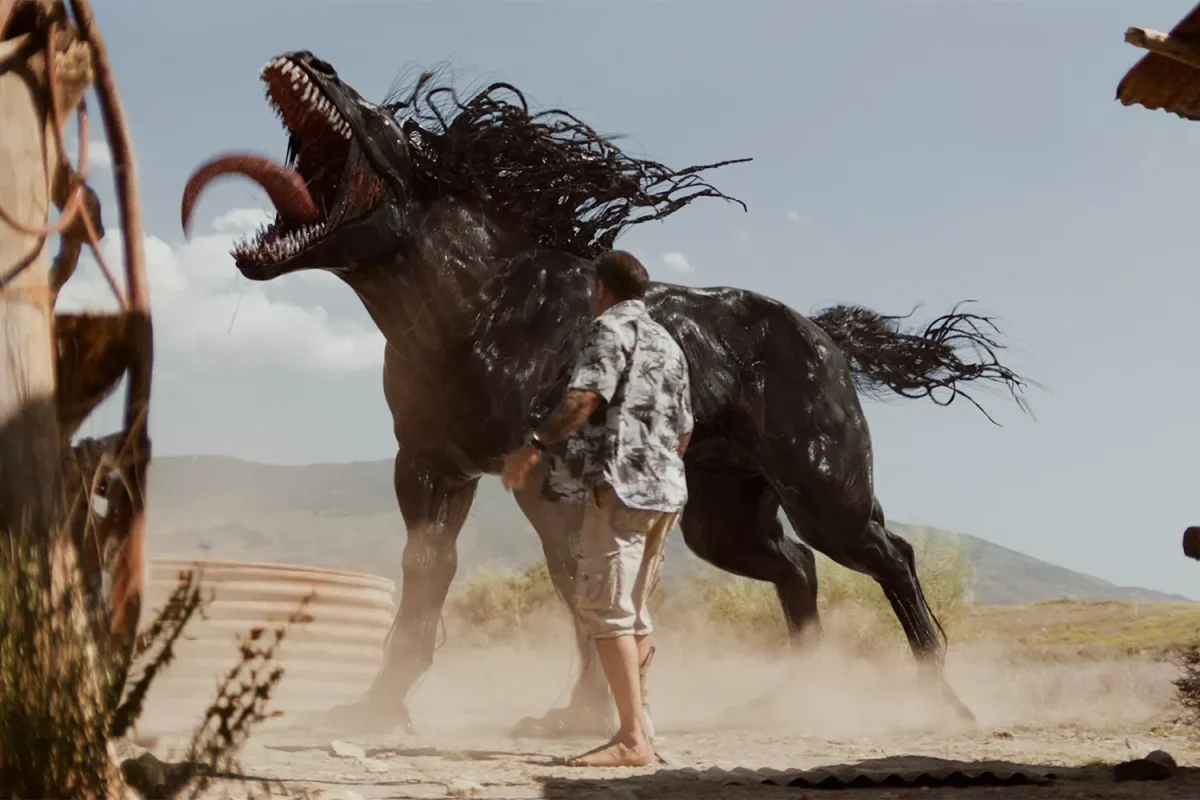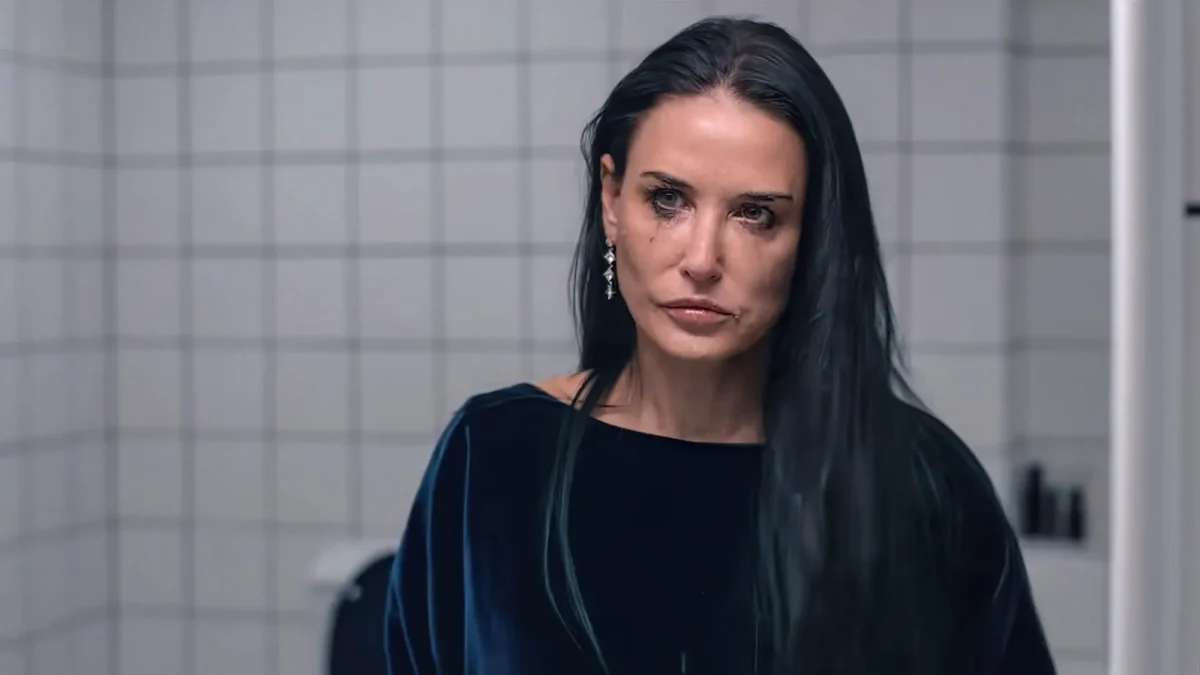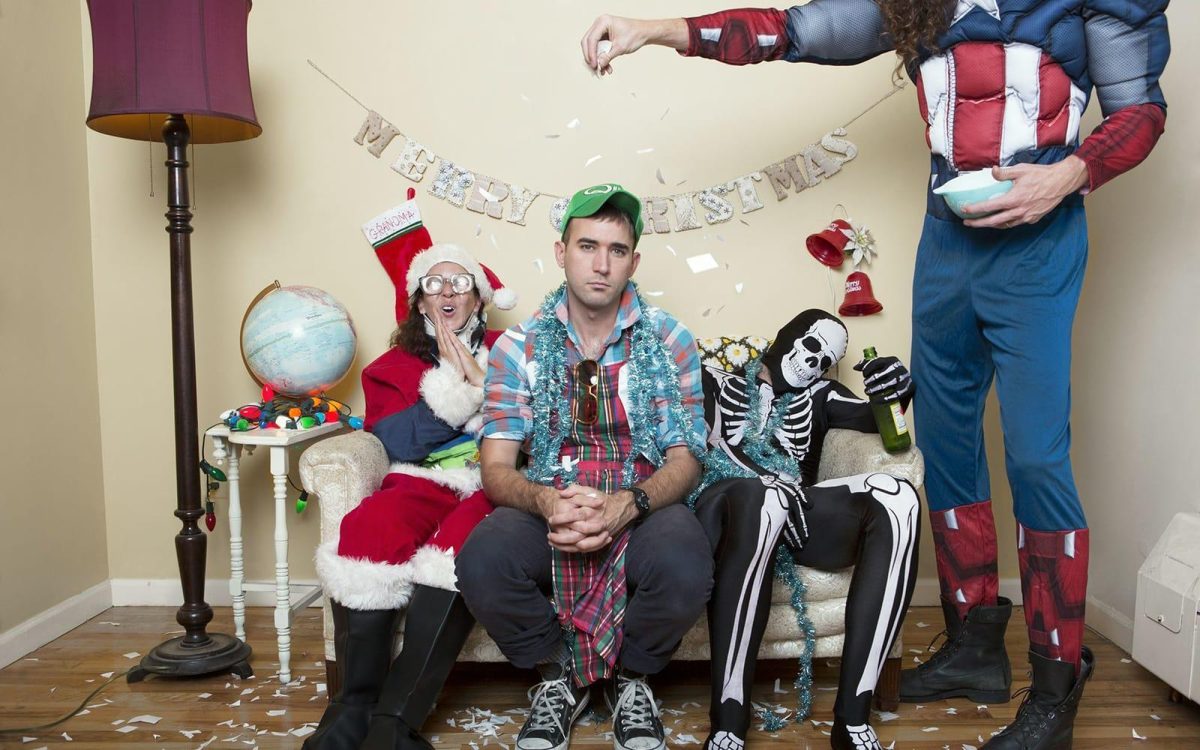The Nightmare Before Christmas and James and the Giant Peach-helmer Henry Selick is taking audiences down the rabbit hole in his new film, but this world isn’t Alice’s typical wonderland.
Coraline, adapted from Stardust author Neil Gaiman’s award winning fantastical and creepy novella of the same name, arrives in theaters at a time when animated films like WALL-E have proven that mediums traditionally oriented toward children’s entertainment can provide more bang for your buck, no matter the age of the audience, than most over-scripted, star-heavy Hollywood blockbusters.
Crafted through a painstaking process of stop motion animation that involves the gradual photography of manipulated clay figurines popularized by Selick’s past films and the Wallace & Gromit series, Coraline is the story of a normal little girl who finds she has it in herself to do brave things. The title character, voiced by the quickly maturing Dakota Fanning of The Secret Life of Bees, is forced to leave her home and friends when her parents relocate to a run down complex to work on a gardening catalogue.
Bored and cooped-up in the house with her bizarre neighbors, including an eccentric Russian that trains circus mice (Ian McShane of HBO’s “Deadwood”) and a pair of batty, aged actresses (British comic duo Dawn French and Jennifer Saunders of “Absolutely Fabulous”), she discovers a small door in the wall that leads to a portal to a mirror world where, at least initially, it seems like all of her dreams have come true. Her mom waits on her hand and foot. Her father cultivates an entire garden in the shape of her face. That annoying boy from down the road doesn’t speak.
Everything would be perfect if not for the button eyes.
Underneath all of the stunning imagery, nightmarish creations and palpable sense of wonder, however, is a rather simple idea, an idea that’s been a staple of the world of fiction and fantasy since its inception, an idea that makes the world of this inventive animated film more real than the endless string of second rate action films and tacky romantic comedies that come out this time of year. When you get right down to it, there really is no place like home.
Coraline eventually realizes that there’s a menacing force at work in this mirror world, a force that threatens to take her away from the people she loves by tempting her with everything she thinks she wants.
Coraline is a visual and narrative feast, a brilliant and sometimes haunting gothic fairy tale that, surprisingly, doesn’t attempt to make Gaiman’s intentionally creepy novella more accessible or less frightening to a younger audience. In this way, Coraline calls to mind the more classic animated films with their grotesque evil witches and dark themes many of today’s anaesthetized children’s films shun for fear of alienating a base of ticket buying parents looking for a couple hours of personality free babysitting.
Selick is a master at his craft, demonstrating in Coraline the unique visual and storytelling possibilities so often unexplored in the world of stop motion animation. Maybe it’s Selick’s genius that has kept so many people away from attempting to work in the field that’s made his career, for Selick’s truly is a tough act to follow.






